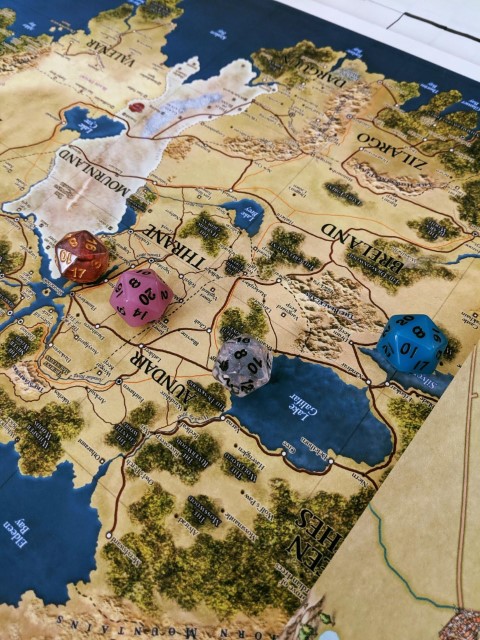
Unlocking the Magic of TTRPG Design
Applying Sanderson’s principles to tabletop RPGs, this argues for limits, costs, and risk over power creep, using subsystem interplay to enrich play.

Applying Sanderson’s principles to tabletop RPGs, this argues for limits, costs, and risk over power creep, using subsystem interplay to enrich play.

The DM initiates and shapes play; collaboration matters, but new norms that cast their creative lead as suspect risk stifling games.

Transform travel by treating geography as a character, embedding hooks and implied encounters that spark curiosity and player-driven choices.
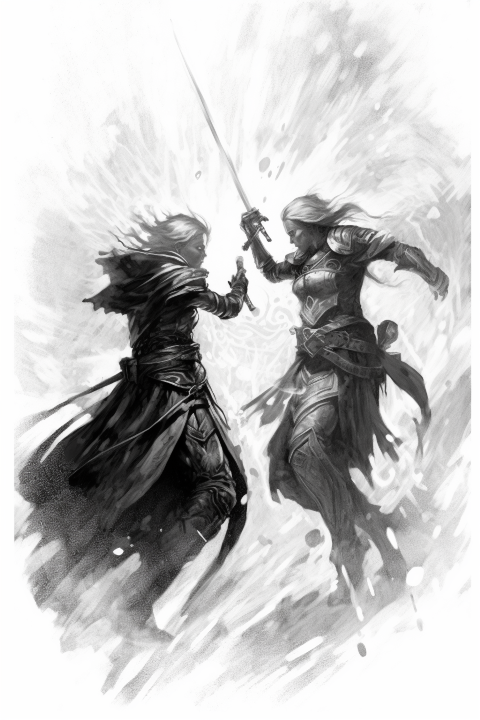
Explains AC as an abstract defense working with HP to pace damage over time, guiding narration and design without literal blow-by-blow realism.
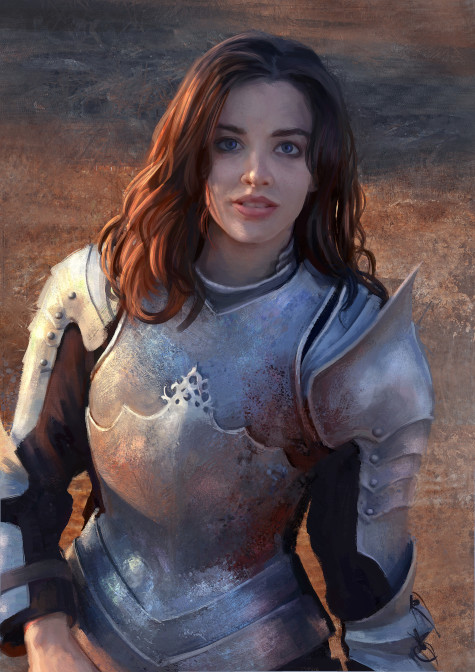
HP in D&D are an abstract tool shaped by the DM to set tone and stakes, not literal wounds, evolving across editions to serve fun.
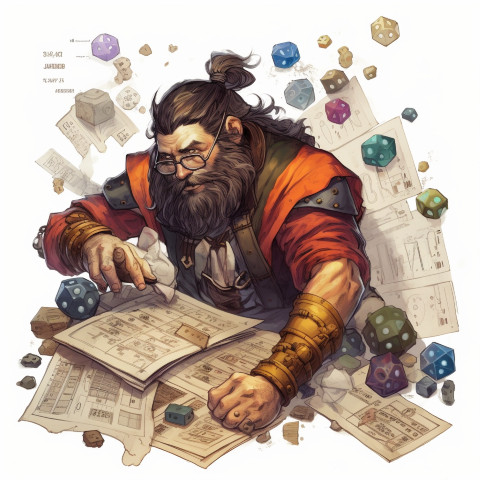
Advocates experience points over milestones, tying growth to player actions, pacing adventures, rewarding exploration and roleplay, and preserving memories.
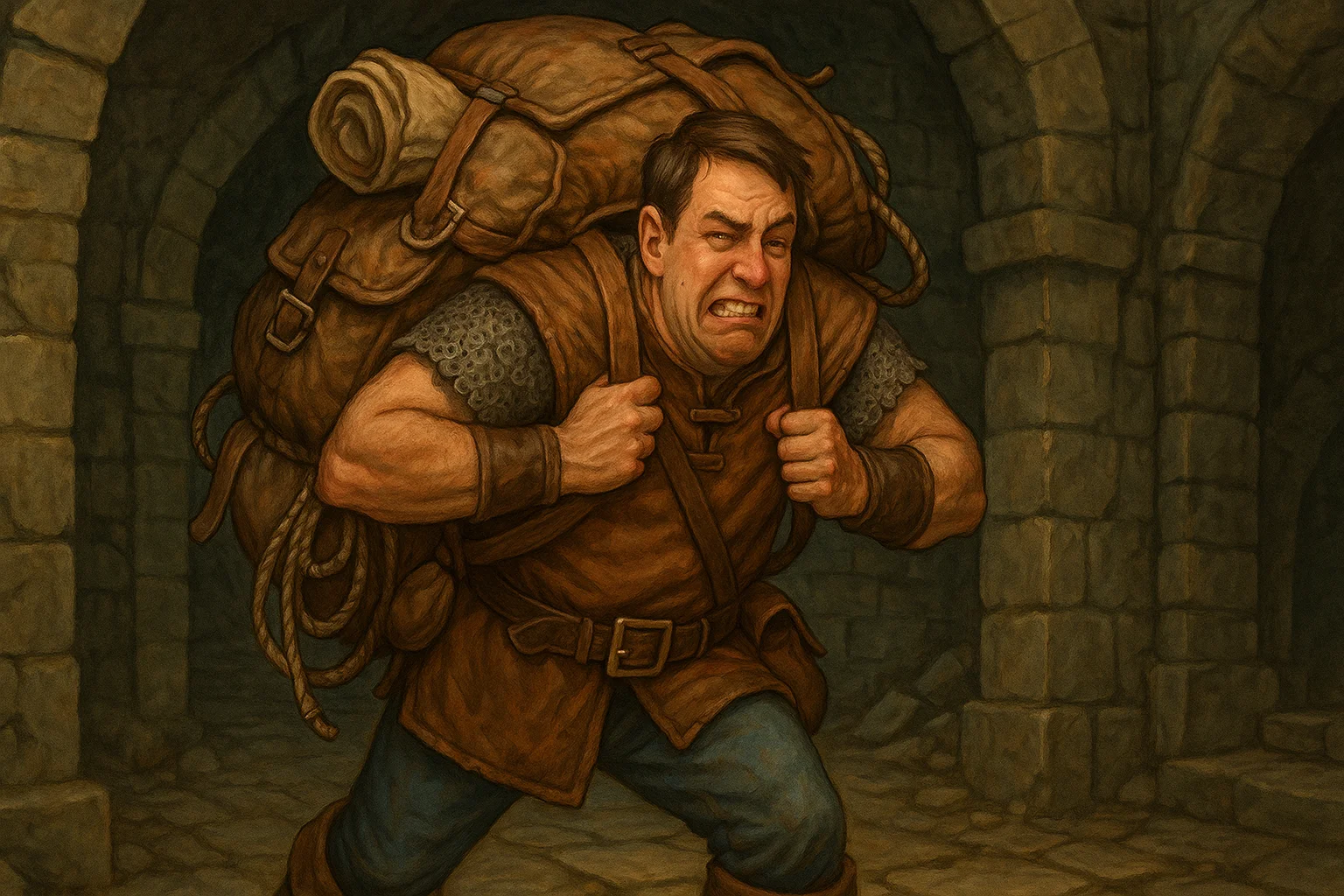
The latest D&D 5E errata drops racial alignment, inviting more inclusive, nuanced characters and worlds shaped by players and DMs.
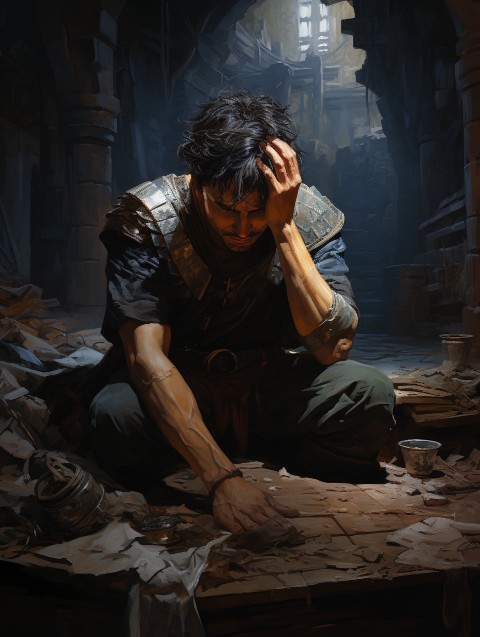
Advice for DMs on embracing failure as a tool in 5e, avoiding stalled plots, and using techniques like success-at-cost to keep play dynamic.
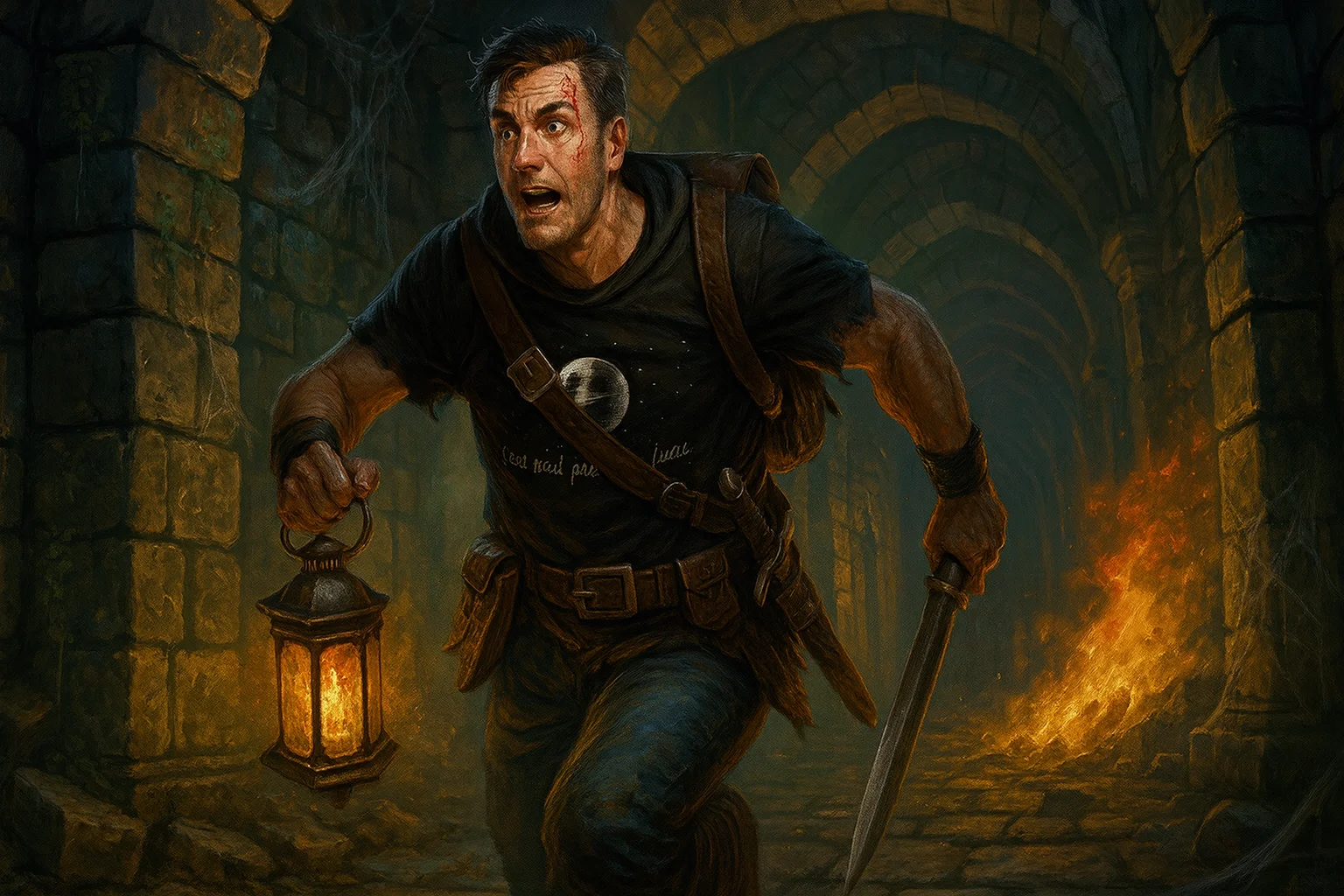
An insightful discussion on player and GM agency, misconceptions, trade-offs, mechanics, and the role of trust in shaping richer TTRPG experiences.

Practical guidance and resources for using safety and consent tools in TTRPGs, from setting baselines to gathering player feedback for respectful play.